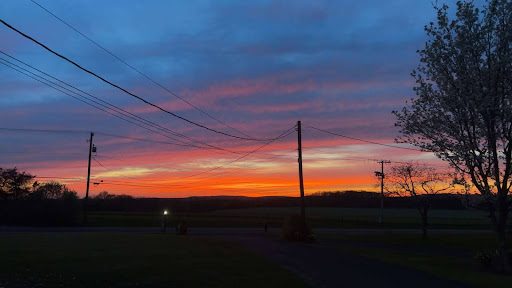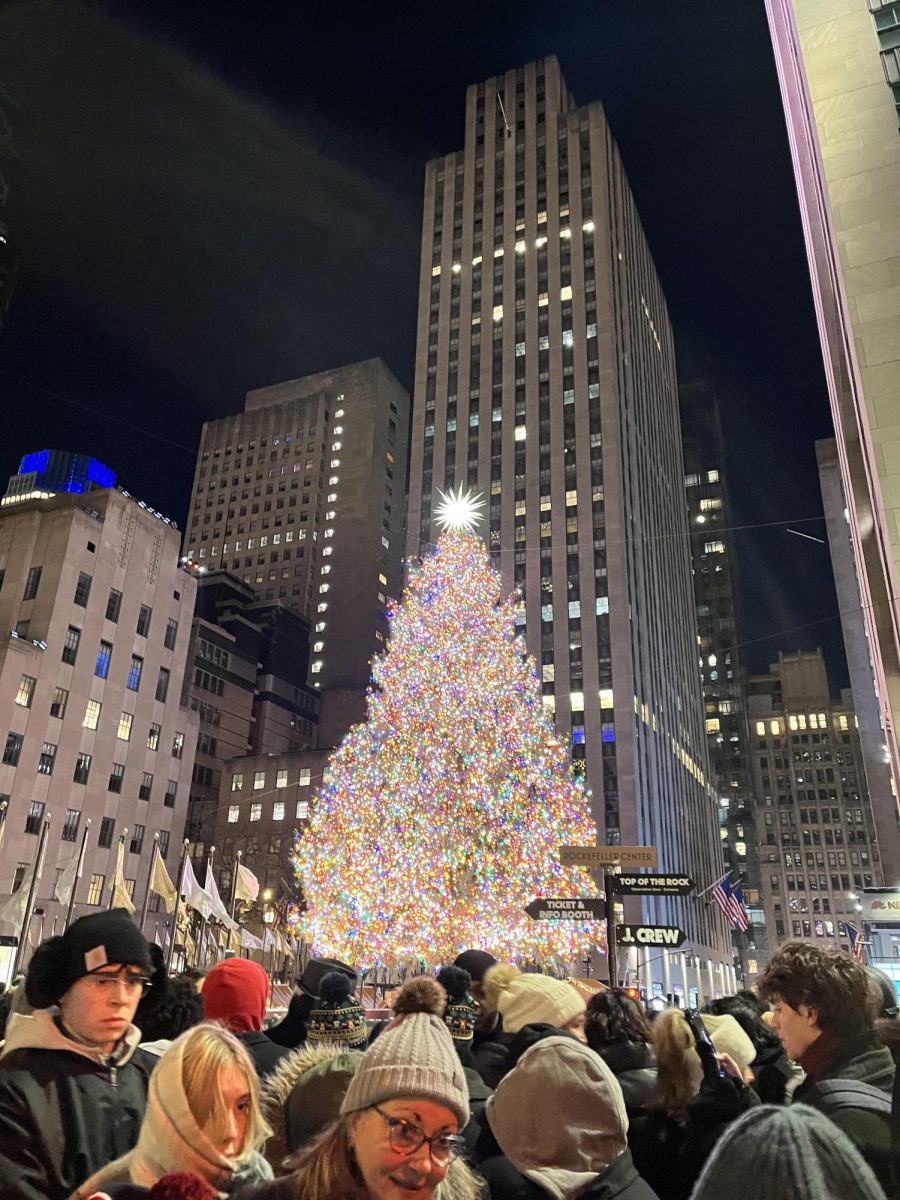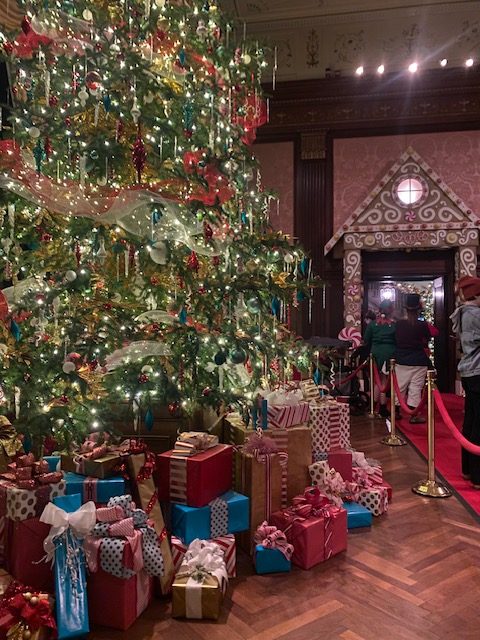Iceland is home to 32 active volcanoes, experiencing volcanic activity at least every four years. Recently, the Reykjanes Peninsula has experienced its fourth volcanic eruption since December. Since 2021, the area has been experiencing frequent activity after 800 years of silence. It began with a six-month event in which a long fissure opened. Then, the following year, in August, a three-week eruption happened after a period of earthquake activity. People were asked to avoid the area due to poisonous gasses. Both of these eruptions were along the Fadradalsfjall volcanic system.
On July 23, 2023, a small eruption began by the Litl-Hrutur mountain, luckily far from any population. A 2.5-mile-long eruption occurred in the Svartsengi volcanic system near Grendavik a few months later in December. This eruption was followed by two short eruptions in January and February, which damaged homes and water lines, closing the Blue Lagoon temporarily. The most recent eruption was on March 16. It happened between the Hagafell and Stora-Skogfell peaks, the same area as before with a two-mile-long fissure. The town of Grindavik has been most impacted as it is closest to the recent eruptions, with a local state of emergency being declared when the eruption happened. Typically, there was intense seismic activity before, but the citizens of southern Iceland were caught off guard when there was little activity.
Due to the ongoing eruption, multiple evacuations have been made as a precaution. Bedminster Police Chief Matthew Phelan said, “Evacuations are an incredibly stressful part of law enforcement work.” Phelan also mentioned that evacuations of this size are challenging for any first responder. Despite the safety concerns, tourists are still as present as ever. Pennridge senior Kristina Novak just recently returned from her trip to Iceland. Novak arrived in Iceland two days after the eruption began, mentioning that while at the airport, they saw lava spewing in the distance, and “the sky had a reddish glow to it.” During their stay, an evacuation was happening a bit south of where they were. She detailed that they give a six-hour notice for evacuations, four to evacuate, and two hours to spare for emergencies.
What’s interesting about Iceland’s relationship with volcanoes is that they’re one of the most active volcanic areas in the world. This is because the country sits right along the Mid-Atlantic Ridge, which is where the North American and Eurasian tectonic plates meet. In addition, Iceland is also right over a hot spot, which is an area with extremely high magma activity, leading to more volcanic events. The recent eruptions are being fed by a magma reservoir under the surface. With all of this activity, Iceland gets many benefits from volcanic eruptions. Most of the country uses geothermal energy, and volcanoes are responsible for the iconic landscape. Volcanic ash fertilizes much of the soil and creates black sand beaches, although sometimes toxic materials are spewed out of the volcano, resulting in the loss of crops and livestock. On the other hand, lava interaction with glaciers gives Iceland hydroelectric power, making it one of the greenest countries in the world. The current eruptions will be beneficial for much of Iceland’s power supply, and despite the damages caused, there is little need for concern.
https://www.greenmatch.co.uk/blog/greenest-countries
https://www.washingtonpost.com/world/2024/03/17/iceland-volcano-erupts-grindavik
https://www.visitreykjanes.is/en/volcano-eruption/general-information/grindavik-municipality
https://grapevine.is/news/2024/03/17/new-eruption-on-reykjanes-peninsula/
https://guidetoiceland.is/nature-info/the-deadliest-volcanoes-in-iceland
https://www.visiticeland.com/article/volcanos
https://volcano.si.edu/volcanolist_countries.cfm?country=Iceland






